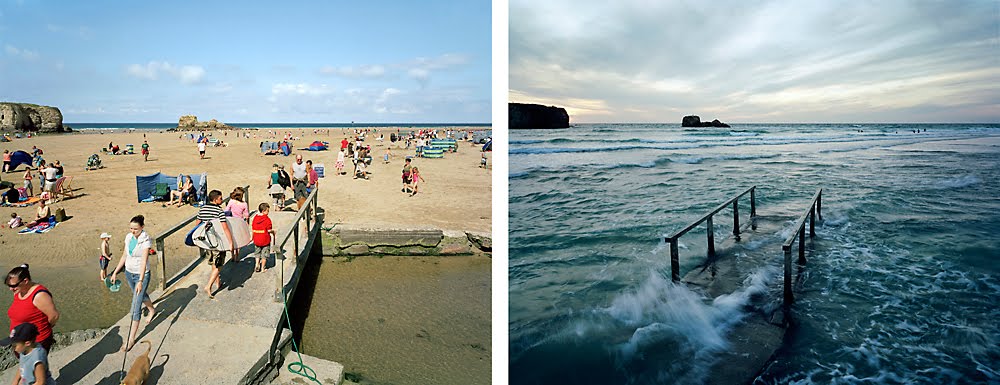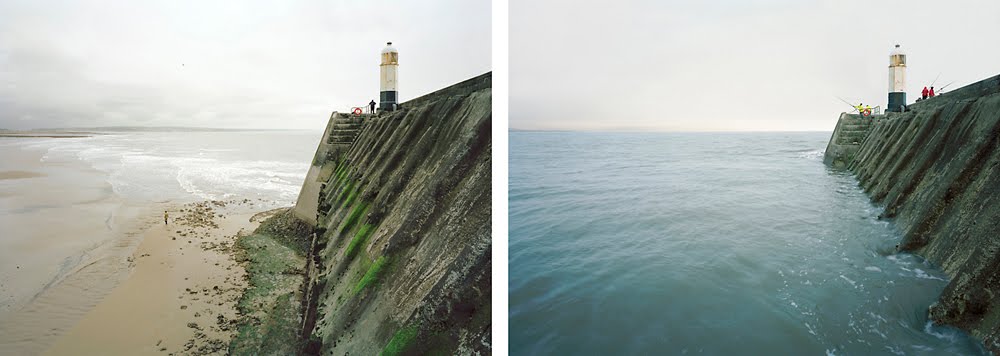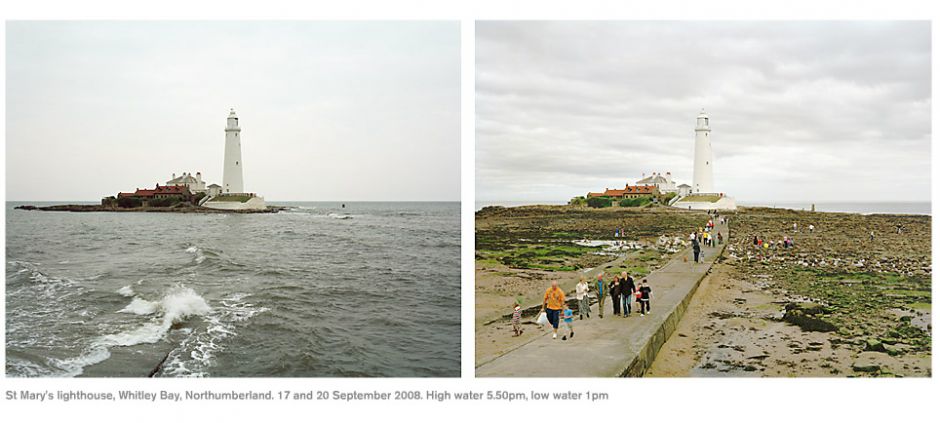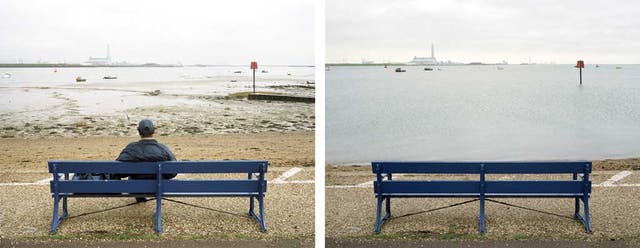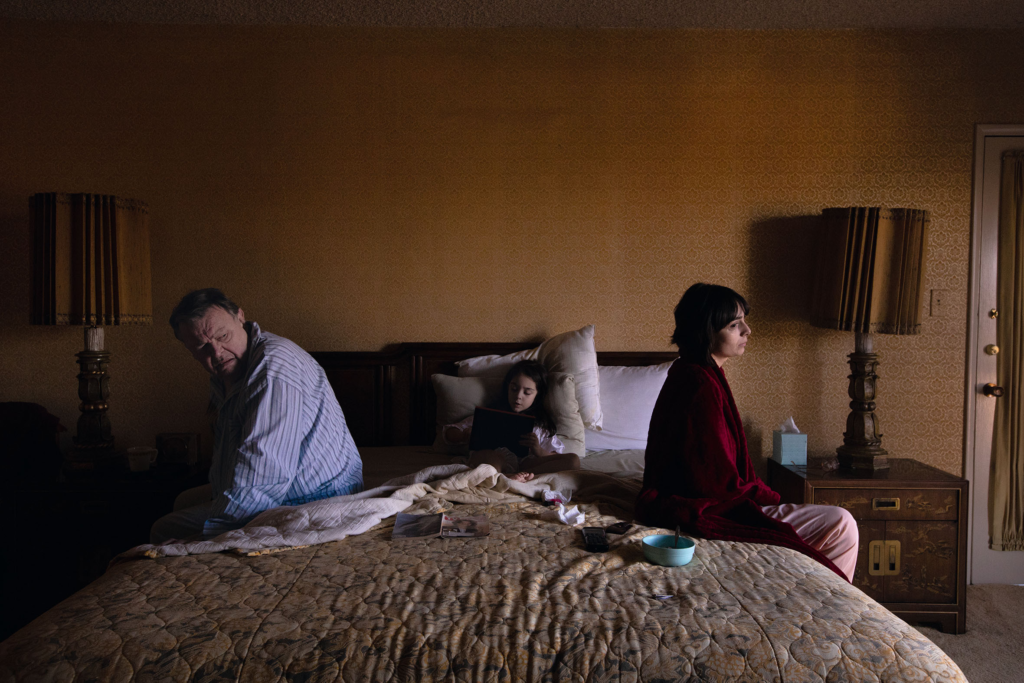Academic Sources
Research and identify 3-5 literary sources from a variety of media such as books, journal/magazines, internet, YouTube/video .
Carolle Benitah – Photos Souvenirs
Carolle Benitah – Jamais je ne t’oublierai



Birthe Piontek – Relationships



Joerg Colberg – Photography and Memory
Final Essay | 2022 Photography Blog (hautlieucreative.co.uk)
Begin to read essay, texts and interviews with your chosen artists as well as commentary from critics, historians and others.
It’s important that you show evidence of reading and draw upon different points of view – not only your own.
Write down page number, author, year, title, publisher, place of publication so you can list source in a bibliography
Quotation and Referencing
Why should you reference?
To add academic support for your work
To support or disprove your argument
To show evidence of reading
To help readers locate your sources
To show respect for other people’s work
To avoid plagiarism
To achieve higher marks


What should you reference?
Anything that is based on a piece of information or idea that is not entirely your own.
That includes, direct quotes, paraphrasing or summarising of an idea, theory or concept, definitions, images, tables, graphs, maps or anything else obtained from a source
How should you reference?
Use Harvard System of Referencing PowerPoint: harvard system of referencing for further details on how to use it.
Bibliography
Meggs, P. B. (1999), FotoGrafiks: David Carson. London: Laurence King
In-text referencing
Direct Quote: In his book on conversations on photography, Meggs writes, ‘a great fear of empty space and silence haunts Western art. We are compelled to fill space and time.’ (Meggs 1999)
Paraphrasing/summarising: Meggs (1999) makes a point about how western artists have a fear of empty space and silence and that they have a need to fill both space and time.
Essay Question
Think of a hypothesis and list possible essay questions:



How does Carolle Benitah and Birthe Piontek portray the topic of family through the manipulation of photos?
How does Carolle Benitah and Birthe Piontek explore the concept of family through their work?
How can memories be presented through the manipulation of old photos?
Opening Quotes
“I make holes in paper until I am not hurting anymore.” – Carolle Benitah
“Those moments, fixed on paper, represented me, spoke about me and my family told things about my identity, my place in the world, my family history and its secrets, the fears that constructed me, and many other things that contributed to who I am today” – Carolle Benitah


“I questioned the power of an image and what it can actually reveal of a person’s identity,” – Birthe Piontek
“The moment where it is all about the person and not so much about capturing a situation or event, so that the image becomes a representation of that person.” – Birthe Piontek




















